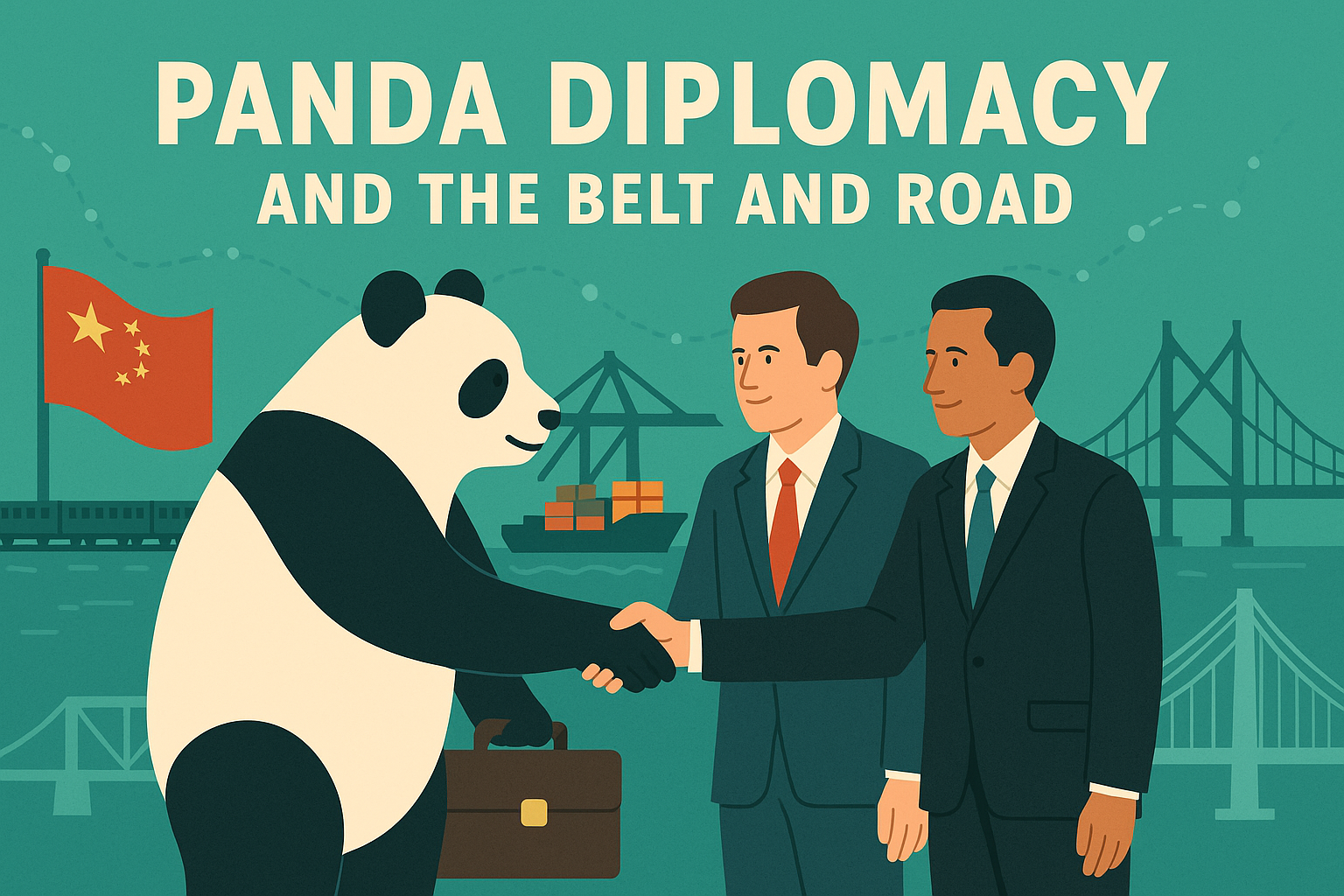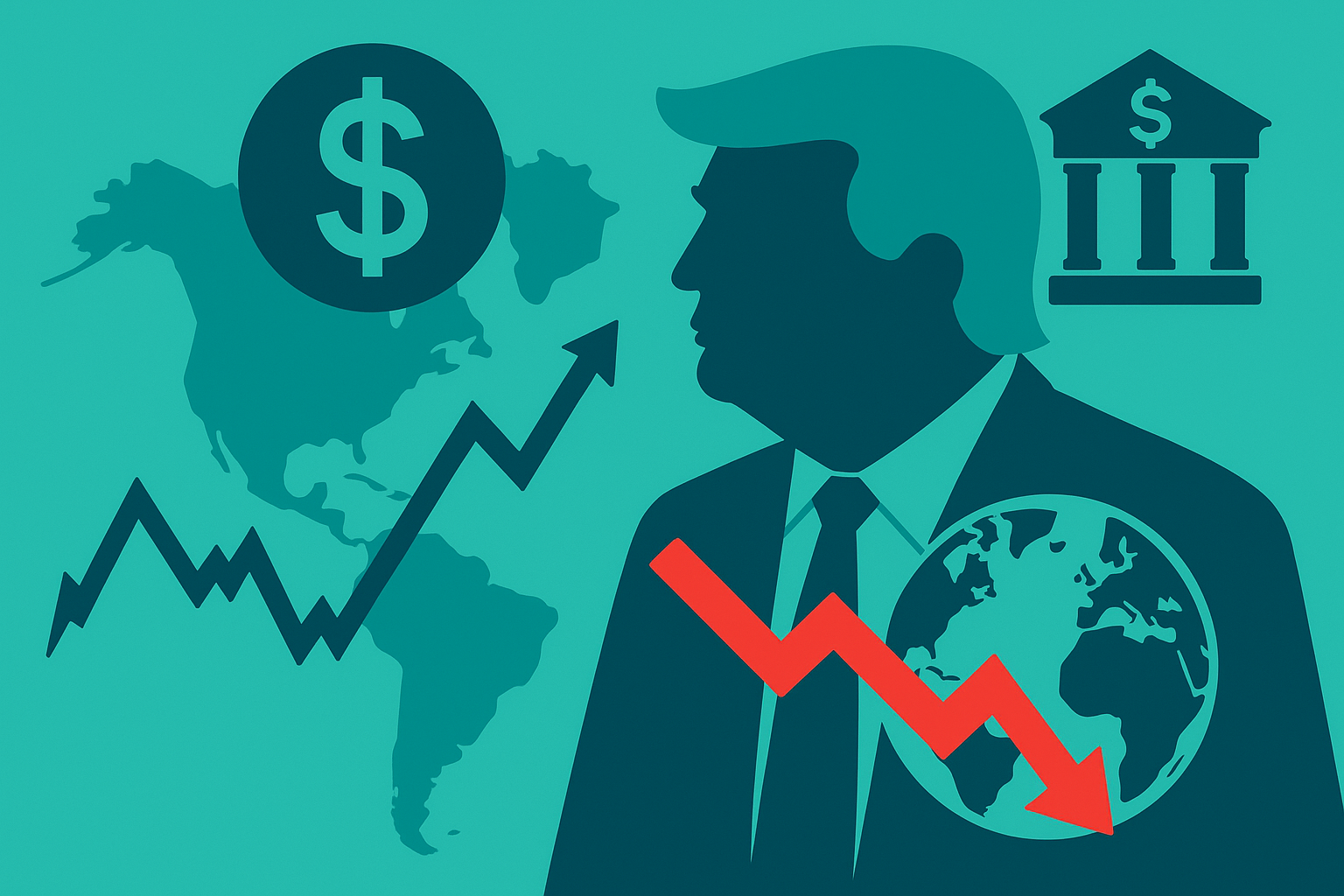- Introduction: A Fusion of Soft and Hard Power
- Panda Diplomacy: Purpose and Strategic Function
- Strategic Linkages Between Panda Diplomacy and the BRI
- Case Study: Hungary
- Long-Term Strategic Value for China
- Economic Analysis: ROI and Influence Metrics
- Conclusion: The Panda as a Diplomatic Vanguard of the BRI
Introduction: A Fusion of Soft and Hard Power
From the perspective of a leading Chinese economist, panda diplomacy is not a sentimental cultural gesture—it is a sophisticated tool of statecraft. It serves as the emotional and symbolic forerunner to China’s signature global infrastructure plan, the Belt and Road Initiative (BRI). The synergy between these two instruments—one soft, one hard—reveals a multidimensional strategy for global influence:
“Pandas win hearts. BRI wins contracts.”
Panda Diplomacy: Purpose and Strategic Function
🐼 Soft Power Tool
- The giant panda, a national treasure, symbolizes peace, harmony, and ecological stewardship.
- By lending pandas to strategic partners, China cultivates favorable public sentiment and strengthens bilateral ties.
💰 Gateway to Economic Agreements
- Panda loans often precede or coincide with large-scale Chinese investment projects under BRI.
- They serve as a form of “diplomatic lubricant,” making governments and publics more receptive to deeper engagement.
Example: After China sent pandas to Malaysia, it increased investment in port development and rail infrastructure under the Maritime Silk Road plan.
Strategic Linkages Between Panda Diplomacy and the BRI
| Function | Panda Diplomacy | Belt and Road Initiative |
|---|---|---|
| Power Type | Soft Power (Cultural/Emotional) | Hard Power (Economic/Infrastructure) |
| Objectives | Cultivate goodwill and influence | Build economic corridors and logistics hubs |
| Instruments | Panda loans, zoo partnerships | Ports, railways, pipelines, digital silk road |
| Primary Impact | Public perception and trust | Trade flows, capital investment, connectivity |
Pandas open emotional doors. BRI moves capital and materials through those doors.
Case Study: Hungary
Hungary, a key partner within the EU, has strengthened its ties with China significantly.
In 2019, Hungary sought additional panda loans from China. That same year, the Budapest–Belgrade railway project (a flagship BRI investment) accelerated under Chinese funding.
This sequence illustrates how emotional diplomacy precedes economic diplomacy, enabling smoother bilateral cooperation.
Long-Term Strategic Value for China
Psychological Infrastructure
- While BRI projects may span decades, panda diplomacy builds emotional rapport and long-term trust, making those projects more politically stable.
⚖️ Geopolitical Leverage Without Confrontation
- In contrast to U.S. or European hardline diplomacy, China’s panda diplomacy enables soft penetration without provoking geopolitical backlash.
Economic Analysis: ROI and Influence Metrics
| Metric | Evaluation |
|---|---|
| Return on Investment (ROI) | Annual cost of panda loans is relatively low (~$1M), while linked infrastructure deals can be worth billions. |
| Negotiation Leverage | The symbolic gesture of sending pandas enhances China’s position at the negotiating table. |
| Brand Power | “Panda = China” becomes a mental shortcut in tourism, education, and public diplomacy, generating soft revenue. |
Conclusion: The Panda as a Diplomatic Vanguard of the BRI
Panda diplomacy is not an isolated or sentimental policy—it is a strategic cultural vanguard of China’s global economic agenda. As BRI reshapes trade routes and political alliances, pandas are deployed as living ambassadors of goodwill, preparing the ground for infrastructure, capital, and influence to follow.
China understands that winning emotional legitimacy is just as important as building roads, ports, or digital networks. In a world where geopolitical competition is increasingly about narratives and perception, the panda is China’s most effective soft-power asset.


